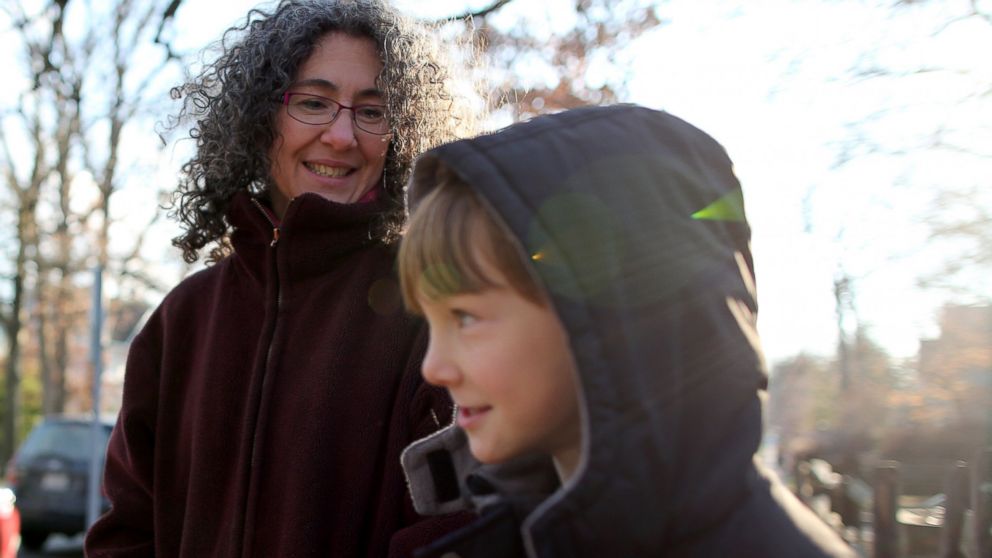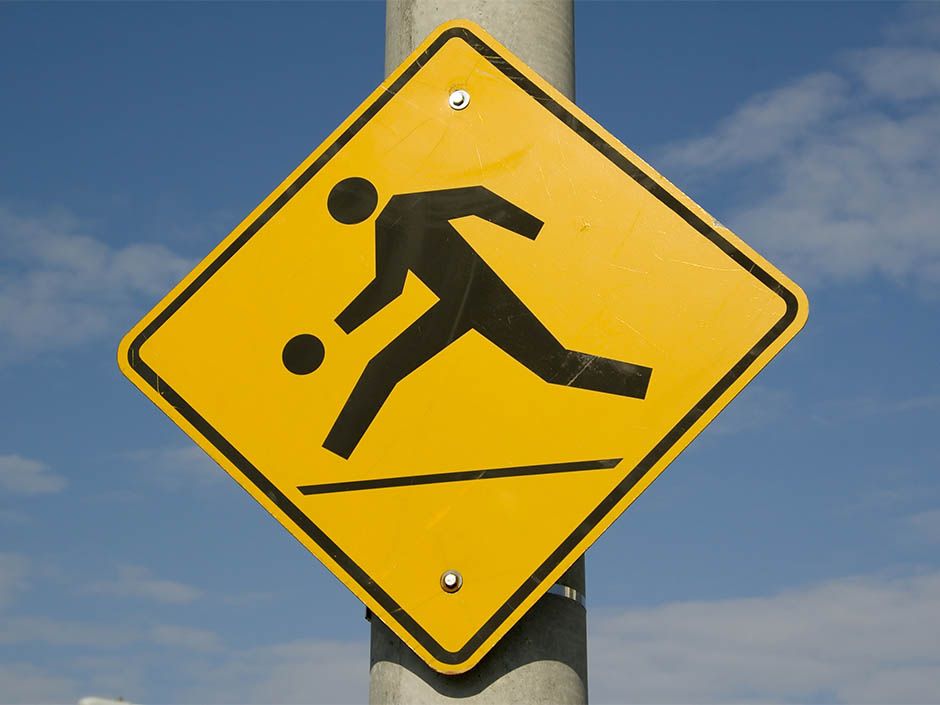crs1026
Superstar
The drive to school thing is complicated by the growing number of students who don't attend the school closest to their residence.
We boomers generally walked to school because we attended the local public school, which was nearby (albeit on the other side of a steep mountain, across a raging river, and so forth).
It is truly a problem. In my part of the city, the biggest part of rush hour clearly revolves around school hours. And the biggest pressure for road safety improvements is right outside the local schools, not the roads leading to them.....loading zones, no standing zones, even No U-turn zones in front of the schools.
- Paul
We boomers generally walked to school because we attended the local public school, which was nearby (albeit on the other side of a steep mountain, across a raging river, and so forth).
It is truly a problem. In my part of the city, the biggest part of rush hour clearly revolves around school hours. And the biggest pressure for road safety improvements is right outside the local schools, not the roads leading to them.....loading zones, no standing zones, even No U-turn zones in front of the schools.
- Paul







